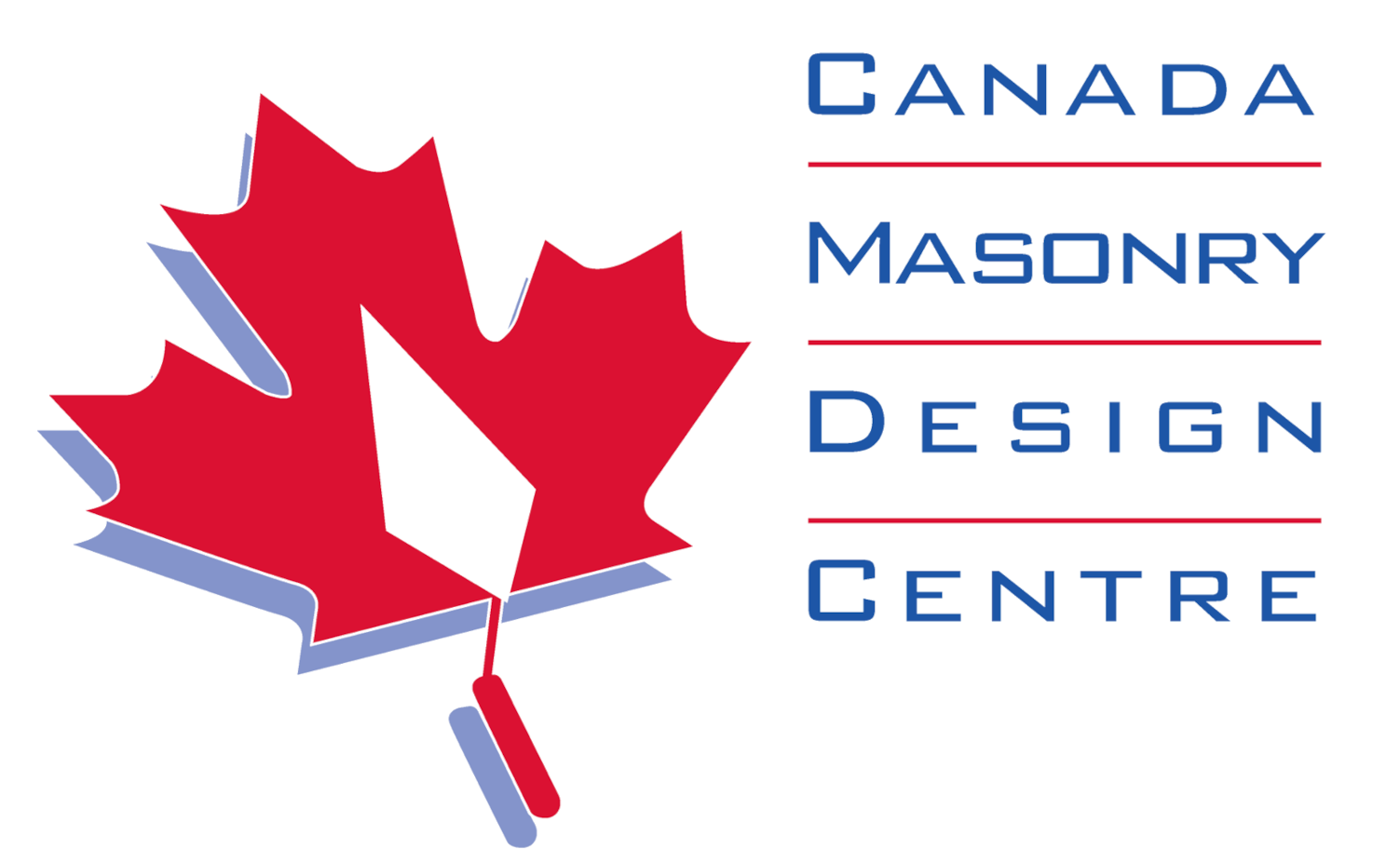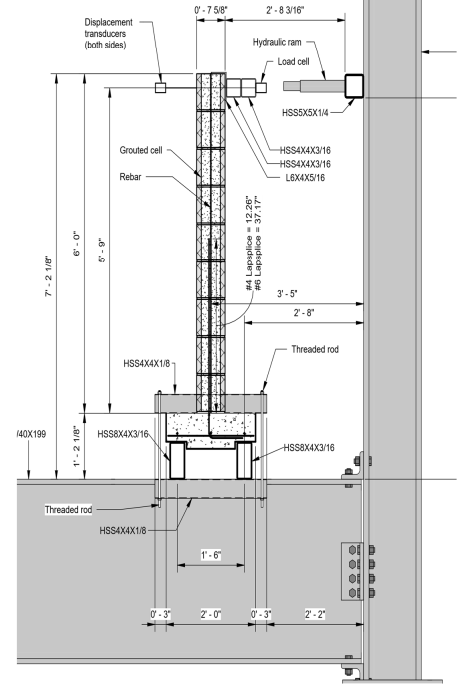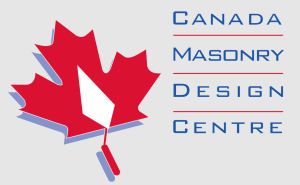W. Mark McGinley and Jacob B. Latham
i Professor and Endowed Chair, Dept. of Civil and Environmental Engineering, The University of Louisville, Louisville KY USA, m.mcginley@louisville.edu
ii Former Graduate Student, Dept. of Civil and Environmental Engineering, The University of Louisville, Louisville KY USA, jacob.latham@louisville.edu
ABSTRACT
The Committee for Masonry Wall Bracing was formed and developed the Standard Practice for Bracing Masonry Walls (Practice). In its provisions, a restricted zone is defined until the wall is supported laterally. Typical masonry wall construction is broken down into two periods: the initial period (<=24 hours) and the intermediate period. In the initial period, areas around the wall must be evacuated for winds more than 20 MPH. In the intermediate period, the areas around the wall must be evacuated for winds above 35 MPH, and the masonry wall and braces must be able to resist forces from a 40 MPH wind load. The use of internal bracing through reinforcing and grouting the base of the wall to form a fixed support often provides a less cluttered and thus a safer work environment and has grown more popular. Internally bracing masonry walls using the Bracing Practice is a simple and effective way to improve masons (and others) safety on the job site. Although the guidelines and provisions described in the Bracing Practice have been well established, it was based on research conducted in the late 1990’s. Recent improvements in grout mixes and increases in masonry unit strengths are likely resulting in conservative internal bracing designs. Thus, an investigation was performed. The goals of this investigation were to determine if there is a change in masonry assembly performance with an out-of-plane cantilevered bending strain gradients in a typical CMU wall configuration, especially with contemporary units, mortars, different aged grouts, and rebar. The study also evaluated the use of high early strength cement/admixtures to see if they can be used to improve early age performance of the internally braced masonry wall. The report will provide a summary of the results of this investigation.
KEYWORDS: Lap splices, early grout age, internal bracing.
007-McGinley.pdf



